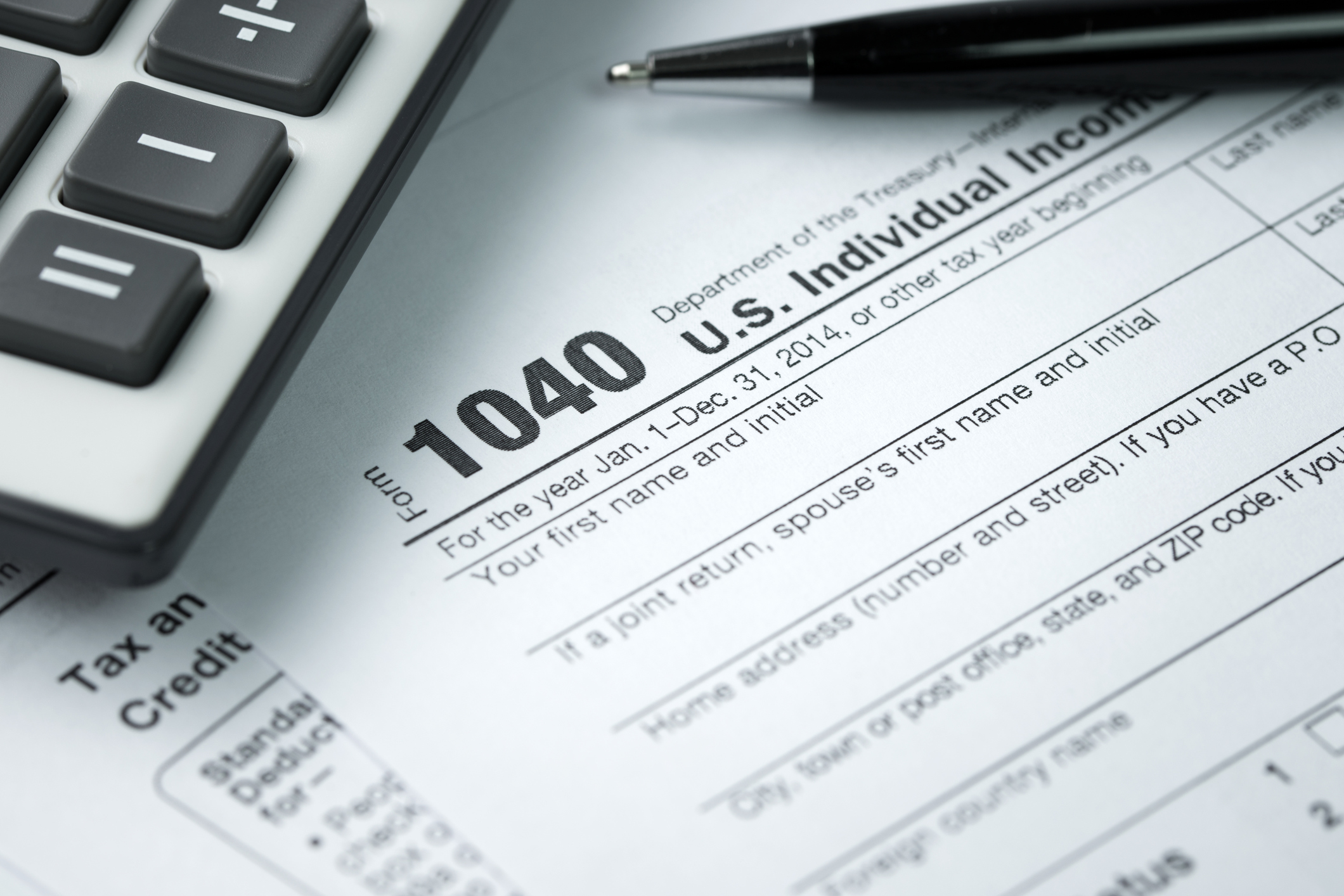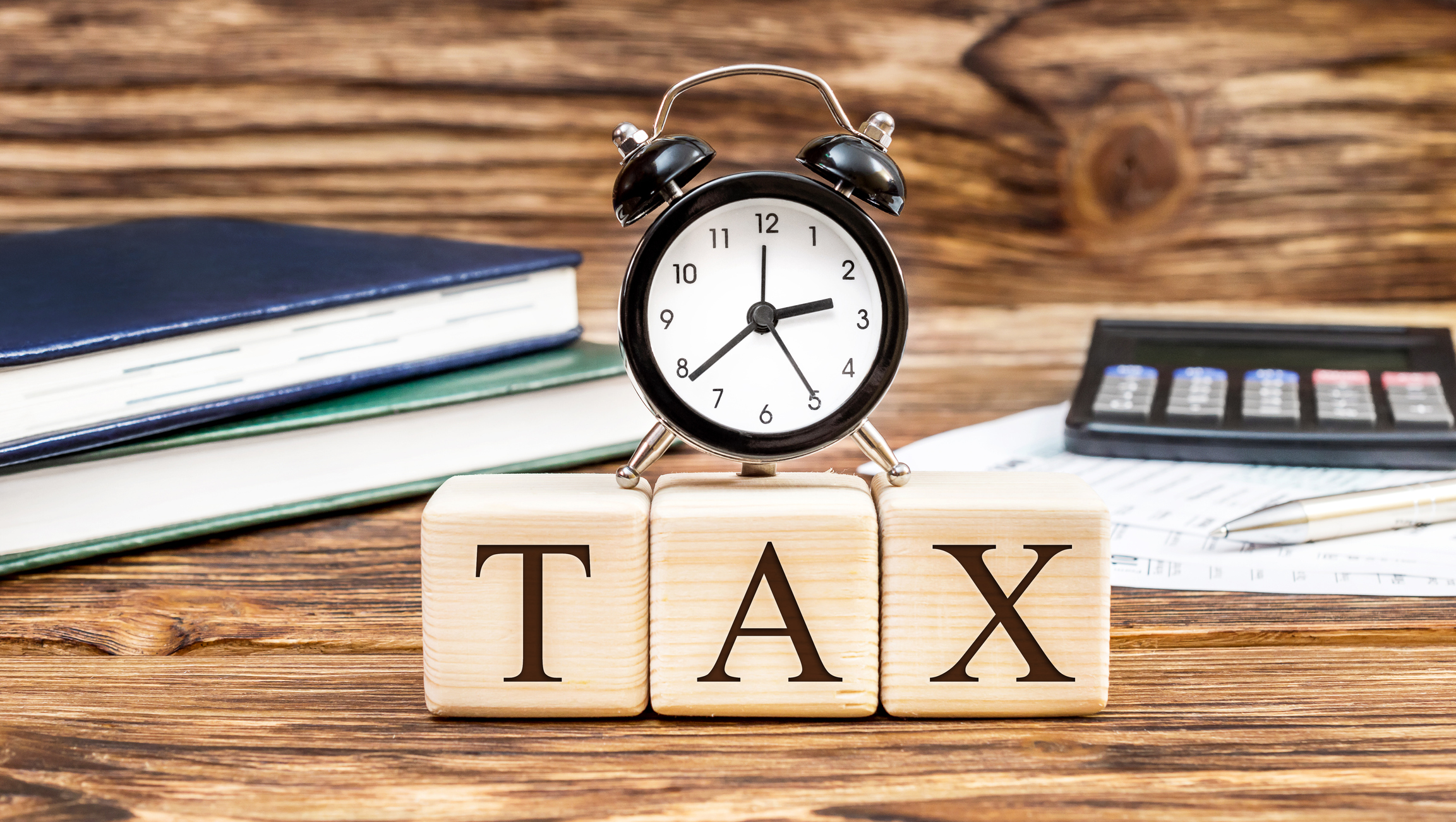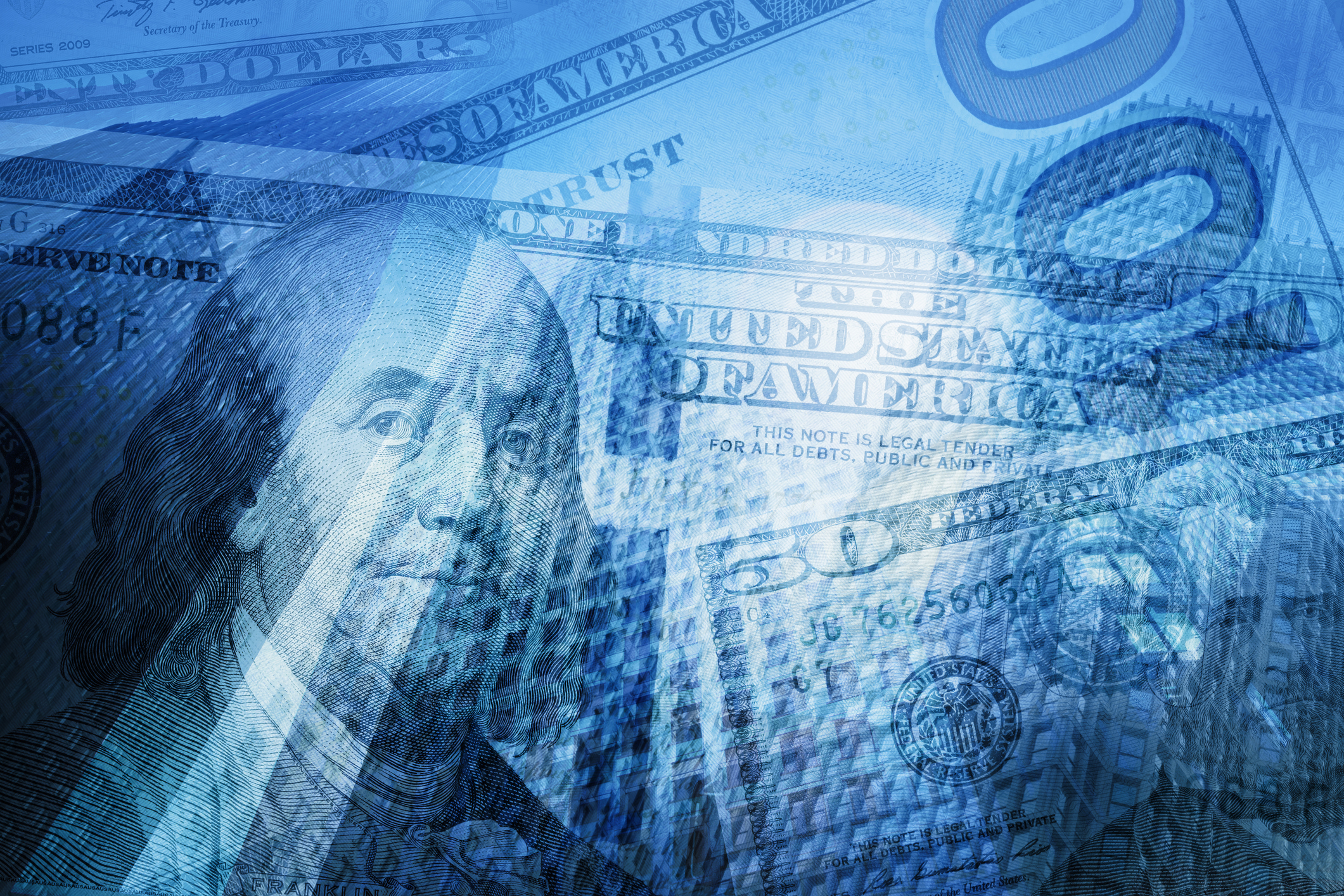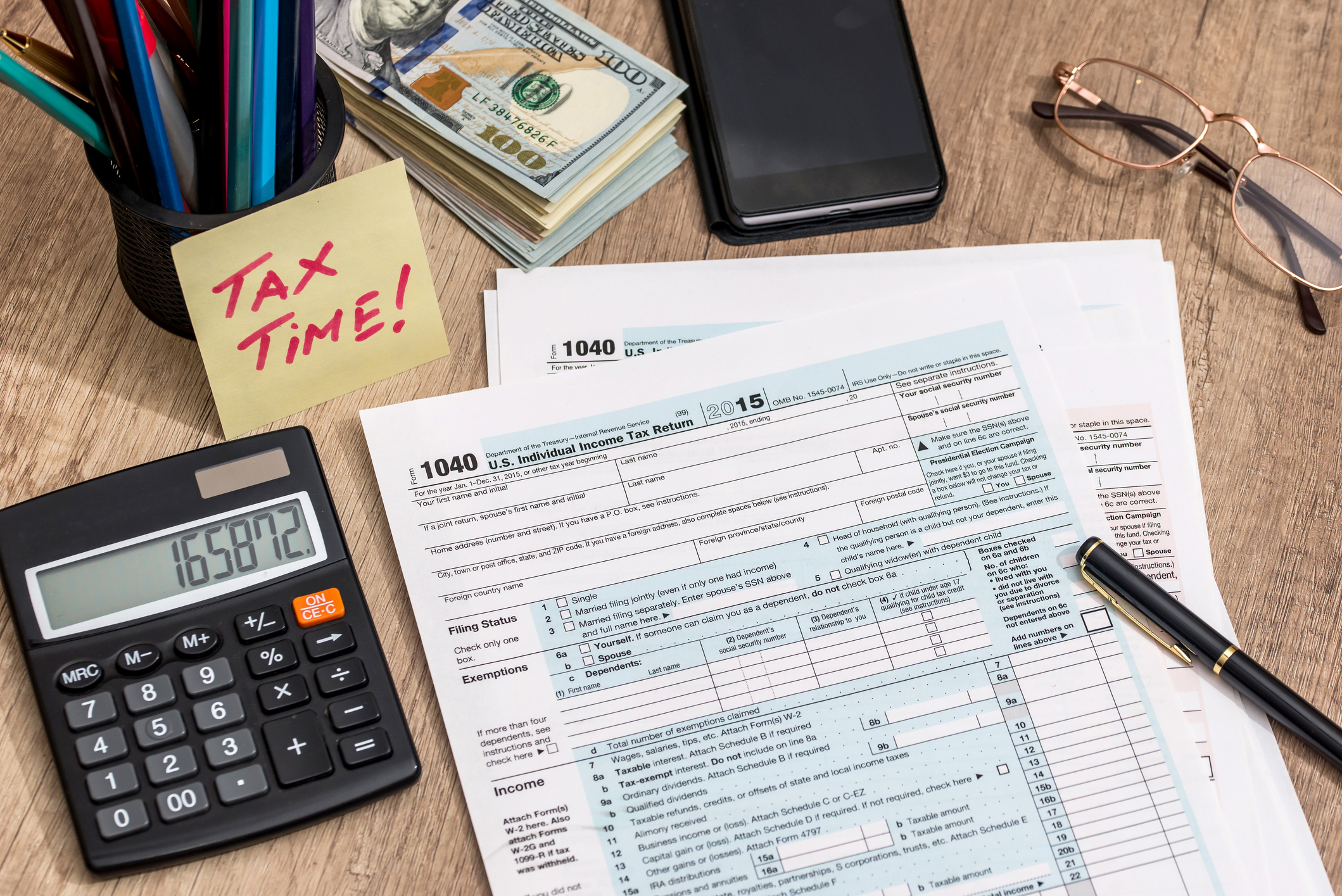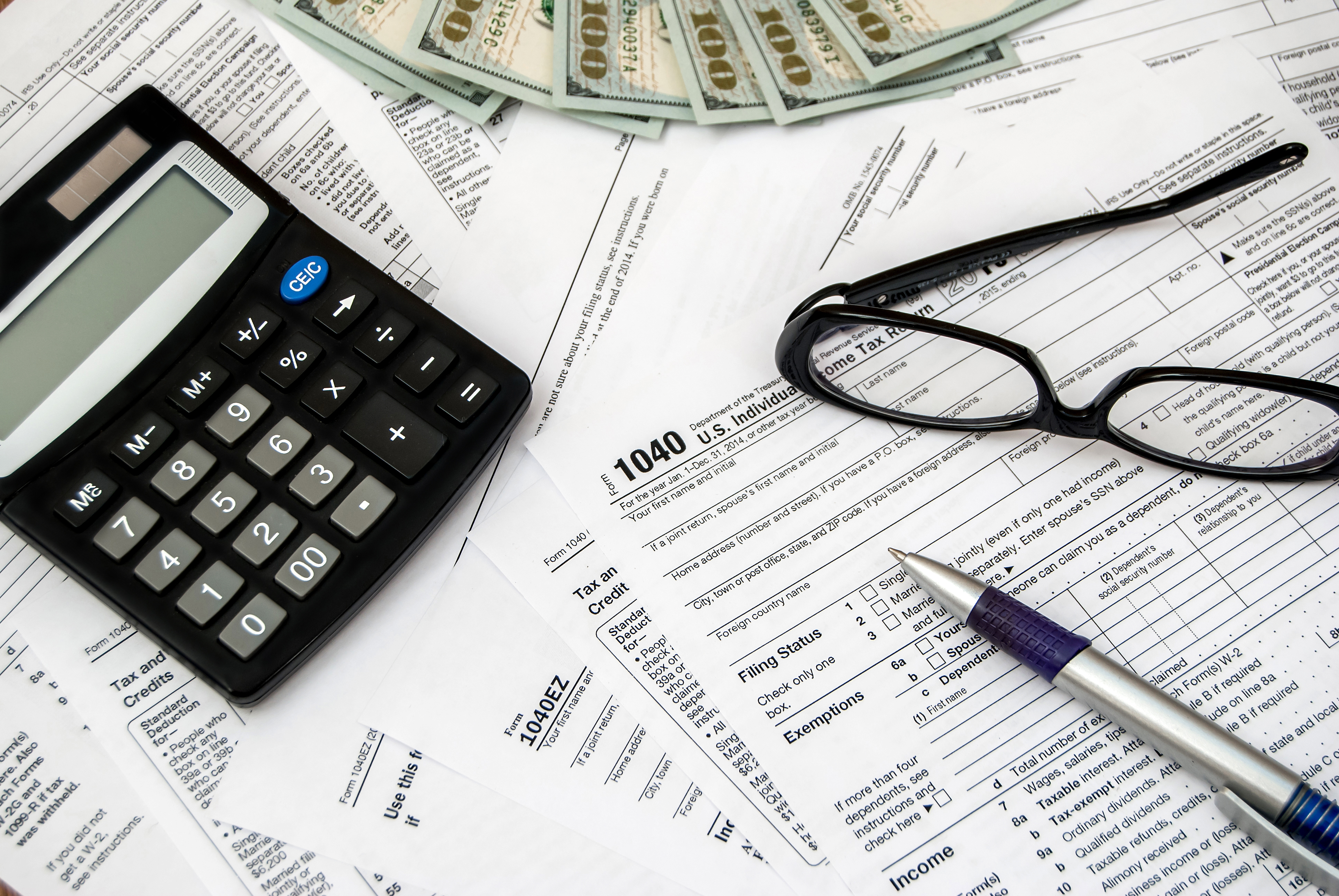Tiered royalties pop up now and again in investing circles, pointing to a nuanced way of generating revenue and profits from intellectual properties. It might sound like something straight out of a monarch's playbook, but don't worry -- it's all about coins, not royal crowns. So, let me show you what a tiered royalty is, why it matters to investors, and how it may affect your investing approach.

What exactly is a tiered royalty?
A tiered royalty is a structured way of earning or paying royalties where the percentage paid changes based on certain criteria, often the volume of unit sales or total revenue generated. Unlike a flat royalty rate, which remains constant regardless of sales figures, a tiered royalty rate varies.
For instance, a tiered royalty arrangement might entail a 10% royalty on the first $1 million in sales, 7% on sales from $1 million to $3 million, and 5% on any sales exceeding $3 million. This model provides incentives for both parties in the royalty agreement to maximize revenue since higher unit sales lead to potentially higher royalties -- and a more profitable fee structure for buyers with large sales volumes.
What's the big idea of this royalty structure?
The tiered royalty structure keeps all parties engaged and rooting for better sales figures. It's particularly prevalent in industries where innovation is a high priority. The pharmaceutical industry is a leading example, where generous research and development budgets are paramount and difficult to recover. Additionally, a tiered royalty structure provides a balanced approach to sharing the financial risks and rewards associated with the commercial success or failure of a product. The royalty payer might enjoy lower rates initially, providing some financial relief, while the royalty receiver stands to gain more as revenues climb.
Understanding the tiered royalty system also sheds light on a company's potential earnings or obligations, which is crucial for investors looking to gauge a firm's financial outlook.
How should investors approach tiered royalties?
For the astute investor, deciphering the tiered royalty maze is akin to picking the right set of keys on a piano; hit the right notes, and the melody of profitable returns could play. Getting the balance right is both an art and a science. Understanding the intricacies of tiered royalty agreements, including the thresholds and rates, can offer a clearer picture of a company's revenue potential or financial obligations. It's a sophisticated fee plan but not a magic wand -- the royalty tiers have to make sense in relation to each other.
Investors might want to keep an eye on companies with smart and favorable tiered royalty arrangements since these can translate to higher earnings when sales escalate. Additionally, being knowledgeable about the typical royalty structures within a particular industry can provide a competitive edge when analyzing investment opportunities. You should also consider the impact of tiered royalties on a company's long-term financial stability, especially in industries where such arrangements are common.
Related investing topics
Tiered royalties: Doing well by doing good
Tiered royalties are exceptionally popular in the pharmaceutical market, and for good reason. Imagine inventing an effective treatment for a globally common disease such as malaria or tuberculosis. If this medicine is more effective or has less onerous side effects than existing options, you'll find plenty of demand for this superior treatment in advanced economies. Charging high royalty rates to licensed manufacturing partners will help your company recoup the development costs quickly.
At the same time, there may be a demonstrated need for better treatments of this particular disease in countries with lower spending power. Hence, many drug developers charge lower royalty rates in developing nations when their innovations can save or change many lives through a more affordable treatment.
Goodwill
This approach isn't just altruistic; it's smart business. By offering lower royalty rates in developing nations, pharmaceutical companies can tap into markets that are individually less profitable but collectively represent a significant revenue opportunity. This not only expands their global footprint but also fosters goodwill and a positive reputation among global stakeholders. Over time, as economic conditions in these countries improve, these markets could become more profitable, and the tiered royalty structure can be adjusted accordingly.
There are many checks and balances to consider when setting up these tiered royalty structures, from local politics and international trade agreements to purely practical manufacturing and distribution questions. But the royalties can also be tweaked in many different ways, using criteria such as sales volumes, each nation's average spending power, or the regional prevalence of that specific illness. Pulling the right levers can help the innovator do well (financially) and do good (ethically) at the same time.

